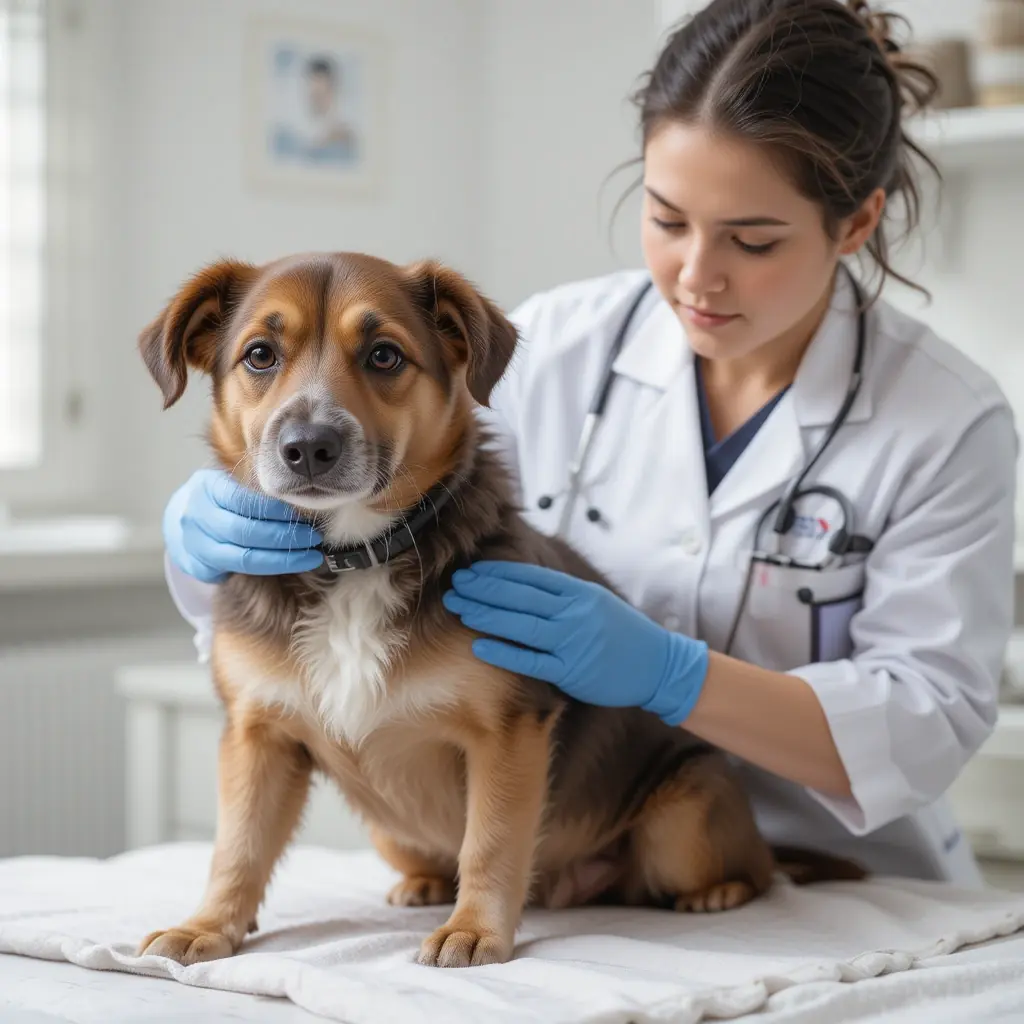Bringing a dog into your home is an exciting and changing experience. Take some preparation for your new dog so that if feels safe at hour home. Give them love and time to adjust comfortably at the new environment. With the right approach, your new dog will not only thrive but also become a beloved member of your family.
Dog-Proof Your Home
Dogs are naturally curious. They love to chew. Make necessary steps to make your home safe for your new furry friend. Take the following precautions:
Remove Potential Hazards
Dogs explore their environment using their nose and mouth. Removing potential hazards from your home is essential to prevent accidents.
Toxic plants: Lilies, aloe vera, and pothos can be toxic to dogs.
Household chemicals: Store cleaning supplies, pesticides, and medications out of your dog’s reach.
Small objects: Items like coins, batteries, jewelry, and children’s toys can be choking hazards.
Electrical cords: Secure or cover cords to prevent chewing and potential electrocution.
Secure Dangerous Areas
When bringing a new dog home, secure the place for their safety and well-being. By blocking off hazardous areas, so that the dog can’t get into.
Trash cans: Use dog-proof lids to prevent them from scavenging.
Bathrooms and kitchens: Keep cabinets closed, especially those with cleaning products or food.
Balconies and staircases: Install baby gates or barriers if needed.
Gather Essential Supplies
For a stress-free transition for the new dog, you need to have the right supplies ready at your home. To ensure the dog has everything it needs, gather these essential supplies in advance:
Basic Necessities
- High-Quality Dog Food
- Food and Water Bowls
- Collar with ID
- Leash and Harness
- Crate or Dog Bed
- Baby Gates or Playpen
Toys and Enrichment
- Chew Toys
- Interactive or Puzzle
- Squeaky or Plush Toys
- Balls and Tug Ropes
Grooming and Hygiene
- Dog Shampoo
- Nail Clippers or Grinder
- Toothbrush and Dog Toothpaste
- Poop Bags
- Ear Cleaner and Wipes
Training and House Essentials
- Training Treats
- Clicker
- Potty Training Pads
- Stain and Odor Remover
- Bitter Apple Spray
Choose a Veterinarian for Your Dog
A trusted vet will provide medical care, preventative treatments, and guidance on nutrition, behavior, and vaccinations. Select the right veterinarian for your new dog’s long-term health. Before bringing them home, find a trusted veterinarian.
Research Local Veterinarians: Search for licensed veterinarians in your area. Look at online reviews and ratings on Google, Yelp, or veterinary association websites. Ask friends, family, breeders, or shelters for recommendations.
Verify Credentials and Experience: Ensure the vet is licensed and accredited by a veterinary board. Check if they specialize in dogs or specific breeds. This is very crucial for specific health needs.
Visit the Clinic Before Committing: Observe if the clinic is clean, well-organized, and pet-friendly. Check the staff’s friendliness and professionalism. Ask about equipment and services e.g., X-rays, bloodwork, surgery.
Compare Costs and Payment Options: Ask about pricing for exams, vaccinations, spaying/neutering, and common treatments. Check if they accept pet insurance or offer payment plans. Make sure there are no hidden fees for services.

Introduce the Dog to Your Home Gradually
Introducing your new dog to your home gradually. Dogs, especially those coming from shelters or stressful situations, can feel overwhelmed by too much space or too many new stimuli at once. Take the following steps to make them accustomed at your home.
Start with One Room: Pick a room that is low-traffic and free from loud noises. A living room, bedroom, or a spare room with minimal furniture works well. Bring the dog into the room on a leash and allow them to sniff and investigate at their own pace. Stay calm and quiet, letting them take their time. Sit with them in the room. Offer gentle praise or treats to help them associate the space with positive feelings.
Supervise Exploration: While the dog is exploring, stay close to supervise and provide reassurance. Avoid forcing them to interact with anything. If the dog seems anxious, give them time to adjust
Expand Access Slowly: After a day or two, once the dog seems comfortable in their initial room, open the door and allow them to explore adjacent areas. Keep other doors closed to limit the space initially. Stay nearby to guide them when the dog exploring the new areas. Keep an eye out for any potential hazards. Let the dog explore one new room per day or every few days. This prevents them from feeling overwhelmed.

Show the Dog the Space
Help the new dog understand where their essentials are located. Here’s how to do it effectively:
Introduce Their Bed: Choose a spot for the bed that’s away from heavy traffic and noise. Add soft bedding, a blanket, and a familiar-smelling item to make the space cozy. Let your dog sniff and investigate the bed on their own. When they voluntarily go into the crate or lie on the bed, reward them with praise, treats, and affection. If you’re using a crate, leave the door open initially so they don’t feel trapped. Over time, you can start closing the door for short periods.
Establish a Feeding Spot: Pick a quiet, low-traffic area for your dog’s food and water bowls. This helps them know where to find their meals. Place the bowls in the chosen spot and fill them with fresh water and the appropriate amount of food. Bring your dog to the spot and let them sniff the bowls. If they seem hesitant, you can place a treat near the bowls to encourage them. Feed your dog at the same times each day to help them adjust to their new schedule.
Take Them to Their Potty Area: Pick an area outside where you want your dog to go potty. This should be a consistent location. As they start to go potty, say a cue word like “go potty” to help them associate the phrase with the action. When your dog uses the correct spot, immediately praise them and offer a treat. This positive reinforcement helps them understand that they’ve done the right thing.
Prepare Family Members for the New Dog
Prepare and educate your family members for new dog. A well-prepared family ensures a smoother transition for the dog and helps establish a positive, harmonious environment. Here’s how to get everyone ready:
Educate Everyone About the Dog’s Needs: Share information about the dog’s breed, age, temperament, and any special needs. Let family members know that the dog needs time to settle in. Explain the body language, vocalizations of the dog and the communication style.
Assign Responsibilities: Assign specific responsibilities to each family member. This ensures the dog’s needs are met and prevents one person from feeling overwhelmed. Establish a routine for feeding, walks, playtime, and potty breaks, and make sure everyone knows their role in maintaining it. Teach children how to interact with the dog safely and assign them age-appropriate tasks.
Set House Rules: As a family, agree on rules for the dog, such as whether they’re allowed on furniture, where they’ll sleep, and which areas of the house are off-limits. Everyone must enforce the same rules to avoid confusing the dog. Decide on basic commands (e.g., sit, stay, come) and house-training expectations.
While the initial transition may take time and patience, consistency in training, socialization, and care will help your dog feel at home. The bond you build with your dog is based on trust and mutual understanding—so be patient. Your new best friend is ready to bring endless love and happiness into your home.




